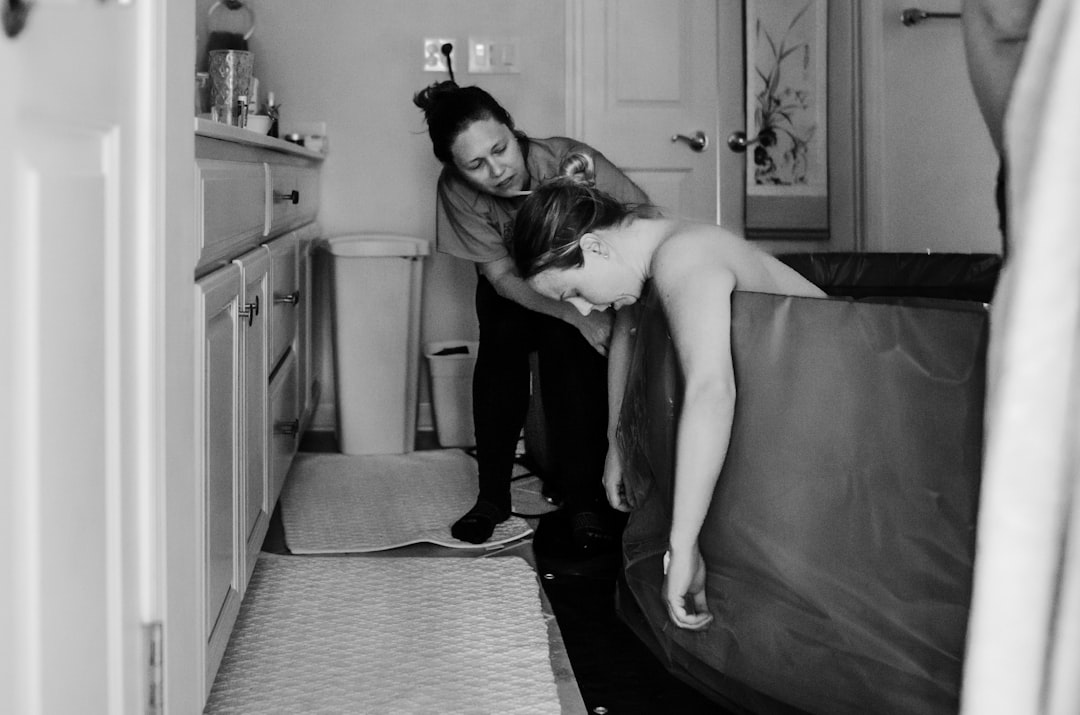What is it about?
Overactive bladder (OAB) is a common form of urinary incontinence, resulting from a spontaneous and random contraction of the urinary bladder. It is not a disease, but it is a symptom of several neurological and non-neurological diseases such as, Parkinson’s disease, multiple sclerosis, stroke, spinal cord injuries, diabetes, high blood pressure and general poor health. The risk factors include obesity and smoking. The affected individuals have an uncontrollable urge to urinate, experience incontinence and nocturia. There is an array of current therapies. The main concerns with all of them are the troublesome side effects and contraindications. The side effects primarily come from the non-specific inhibition of muscle contractions in the other organs. The U.S. Food and Drug Administration has approved Botox therapy in January 2013. It is a botulinum toxin, onabotulinumtoxin A, marketed by Allergan, Inc. Two double blind randomized multi-center placebo controlled clinical trials have shown that Botox therapy improved urgency, incontinence and frequency. It is contraindicated in the patients with respiratory and gastrointestinal tract diseases, urinary tract infections, urinary retention, and pain during urination. Botox has serious side effects, due to its spread from the injection site, causing swallowing difficulties and respiratory arrest, resulting in death. We propose a safer and cost-effective therapy with pregnancy hormone, human chorionic gonadotropin (hCG). This proposal is based on several scientific findings. They are (a) hCG receptors are present in smooth muscle (detrusor) of human urinary bladder (b), when hCG levels are very high during pregnancy, detrusor muscle becomes quiescent. (c) hCG inhibits the detrusor muscle contractions induced by cholinergic stimulation (d) hCG mimics the anticholinergic drug on detrusor muscle contractions.
Featured Image
Why is it important?
Approximately 48 million American women and men have OAB. It is more prevalent among women than in men and high among the elderly population. It is not hereditary and not necessarily a part of normal aging. The estimated total annual direct cost for the treatment was about $56 billion in 2009 and it is likely to be much higher in 2017. This cost does not include the lost productivity. Individuals with OAB may also have a stress urinary incontinence, which is also known as mixed incontinence. These individuals leak urine upon laughing, coughing, sneezing, running, jumping, bending or other actions that might exert pressure on their bladder. Even though, OAB is not a life threatening condition, it can substantially reduce the quality of daily life. These individuals are often home bound, socially isolated, emotionally disturbed, depressed, sleep deprived and prematurely go into nursing homes. We must do everything possible to restore the dignity of living in the affected individuals.
Perspectives
Treatments for OAB include behavioral therapy, exercise, biofeedback, electrical stimulation, absorbent pads, condom catheters, etc. The patients may also seek medical therapy with anticholinergic drugs, ß-adrenergic agonists, antidepressants, capsaicin and resiniferatoxin. Among them, oral anticholinergic pills are commonly used. They work by inhibiting the bladder contractions. Anticholinergics have side effects like, dry mouth, constipation, blurred vision, etc. Moreover, they are contraindicated in patients with glaucoma, urine retention and gastrointestinal tract diseases. Botox therapy is offered to patients who do not respond well to anticholinergic drugs or contraindicated. Through cystoscopy, it is injected into multiple sites of bladder wall and repeated after 9-12 months, if symptoms return. Botox treatment offers better and longer lasting benefits than anticholinergic drugs, but they are not permanent. Botox inhibits the detrusor muscle contractions by a variety of mechanisms. Two double blind, randomized multi-center placebo controlled clinical trials have shown that the Botox treatment improves urgency, incontinence and frequency. But Botox can have serious side effects, including life-threatening situations. Botox treated patients can develop urine retention, which requires self-cathertization that can increase the chances of urinary tract infections.. As a last resort, surgery is recommended when symptoms are severe and the patients do not respond to other treatments. It increases bladder capacity, strengthen the sphincter muscle and implant a small pace maker like device in the bladder wall. The recommended hCG therapy is a physiological approach. hCG does not inhibit the smooth muscle contractions in other organs except, myometrium and vascular smooth muscle in reproductive organs. This property explains the minimal side effects. The other possible consequences of chronic hCG administration such as, interruption of cycles, abnormal uterine bleeding, short term infertility and alterations in Leydig cell functions, are a small price to pay in exchange for the potential gain of treatment benefits against this dreadful condition.There are a few potential contraindications. They are based on the findings that hCG/LH may promote endometrial and ovarian cancers and Alzheimer’s disease. Therefore, it is prudent to withhold the hCG treatment from these women until further data becomes available. There are still many unanswered scientific questions with regard to hCG, including whether men’s bladder contains hCG/LH receptors and hCG can inhibit cholinergic stimulation. Yet it is also worth considering the hCG therapy for men as well.Many of these answers can come from clinical trials and others from continued hCG research on bladder functions. In the meantime, the planning of clinical trials could continue. The trials can also compare single versus combination therapies with Botox and anticholinergics. The combination therapies could take advantage of the best features of different drugs, acting by some common and others by different mechanisms. This could make combination therapies more effective than single therapies. Moreover, they can also reduce the doses, toxicities and costs of single therapies with Botox and anticholinergics. The optimal dose, route and frequency of hCG administration can be worked out from the experience of using hCG for reproductive medicine. However, several iterations in a trial setting are probably required to optimize the treatment conditions. Should hCG be proven effective, there are numerous possibilities for further improvement on the way the hCG is administered. These include, long acting analogs, synthetic mimetics, lozenges that some weight loss clinics use, nanoparticle delivery, etc. The indication of hCG for OAB is a commercial boon to the companies that are already marketing it for other conditions. The proposed clinical trials will be expensive and time consuming. But the potential benefits could be enormous. As any other treatment, there is no guarantee that hCG therapy works in every patient. Thus, it should not be considered as a panacea, but it is likely to become an important part of an Urogynecologists and Urologists tool box. Following two additional factors weigh in favor of the hCG therapy. 1. The minor side effects that are commonly associated with peripheral injections of hCG can be side stepped by the bladder wall injections of hCG. 2. hCG is already cheap and can be made even more cost-effective by an increased the production of recombinant hormone
CV Rao
Florida International University
Read the Original
This page is a summary of: Therapeutic Potential of Human Chorionic Gonadotropin Against Overactive Bladder, Reproductive Sciences, November 2015, SAGE Publications,
DOI: 10.1177/1933719115614400.
You can read the full text:
Contributors
The following have contributed to this page










